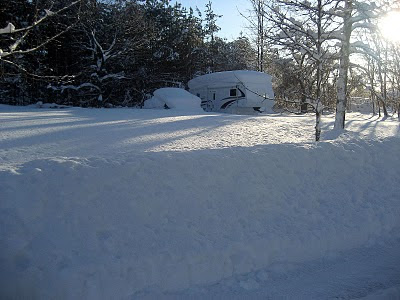As some of you winter in Arizona,Texas Or California we try to take advantage of the beautiful weather in Israel and do day trips in the country.
The country is small and everything is “close by” just hours away ,so we took off at 9AM to Bet She’arim National Park that is only 2 hours from were we live and were back at 5PM after a great visit.
Igal a friend that works as a volunteer tour guide in the park was nice enough to give us a private tour in one part of the park.
Here is a short summery about the park as it appears on the website.
A world-famous Jewish cemetery of the messianic era

The ancient Jewish town of Bet She‘arim, located on a hill in the Lower Western Galilee, reached its zenith in the second–fourth centuries CE.
The inhabitants of Bet She‘arim hewed grand tombs deep within the hill. Ancient courtyards, corridors and steps lead visitors to large halls where they can see the rock-cut burial chambers and stone coffins (sarcophagi). The rooms and the sarcophagi feature an abundance of carved reliefs,
inscriptions and wall paintings. Stone-carved doors, which imitate the style of wooden doors, closed some of the caves.
The reliefs and paintings represent Jewish artistic motifs that were popular in the Roman period, including a seven-branched candelabrum, the Ark of the Covenant, a shofar, lulav and etrog. Secular motifs are also present—ships, animals, human figures and geometric patterns.
Most of the inscriptions are in Greek, but inscriptions also appear in Hebrew, Aramaic and Palmyran. They often reveal the name, profession and origin of the deceased.
In the third century CE, Bet She‘arim became a renowned Jewish center due to the presence there of the spiritual leader Rabbi Judah Hanasi, head of the Sanhedrin. The Roman authorities, who supported his leadership, gave him much property, including an estate at Bet She‘arim. Rabbi Judah moved the Sanhedrin from Shefar‘am to Bet She‘arim, and at the end of his life to Zippori. He was buried at Bet She‘arim in 220 CE, garnering fame for its cemetery in the Jewish world throughout in the talmudic period.
Before or after visiting the caves, don’t miss the ruins of Bet She‘arim at the top of the hill. Near the remains of a basilica, apparently built during the lifetime of Rabbi Judah Hanasi, is a bronze statue of the pioneer Alexander Zayid astride his horse. Zayid, who established the defense organization called Hashomer, discovered a burial cave in 1926. Nearby on the hill, with its magnificent panorama of the Jezreel Valley and Mount Carmel, is the double-domed tomb of the Muslim Sheikh Abreik.
If you want to learn more about the N.Parks in Israel go to National Parks




